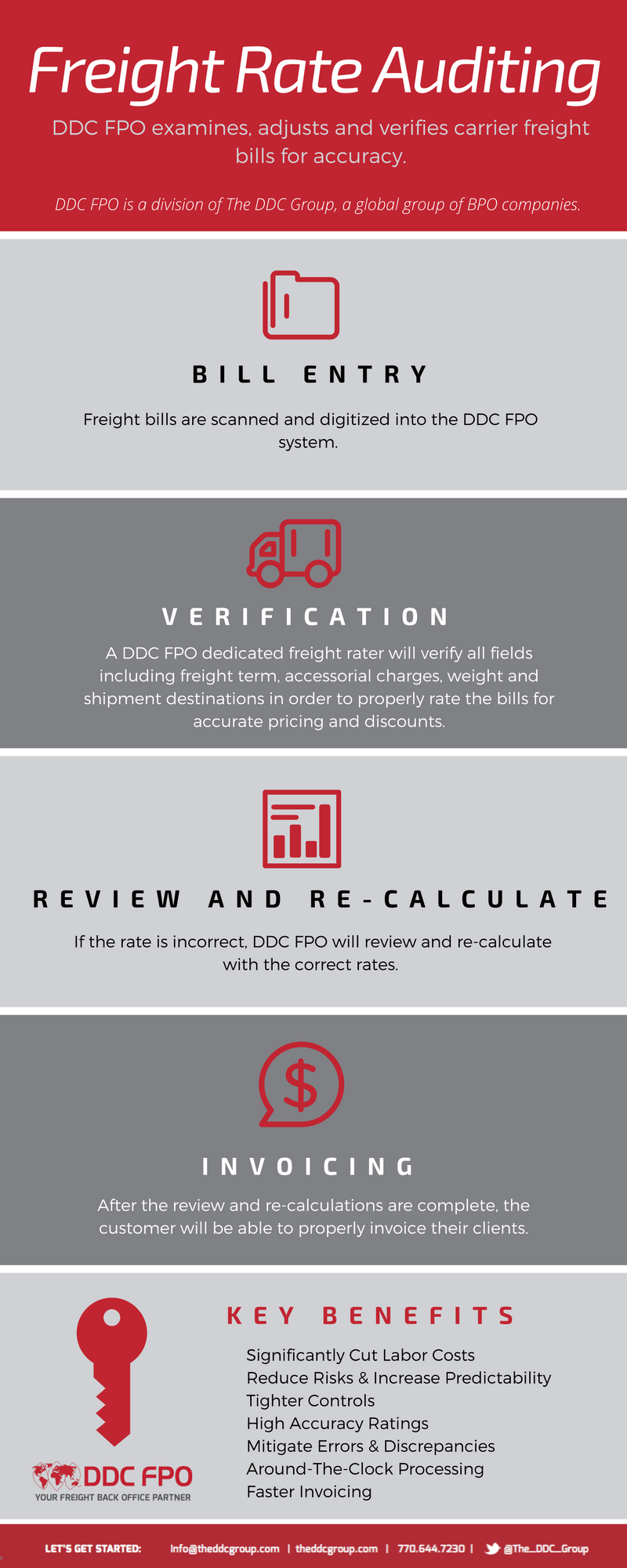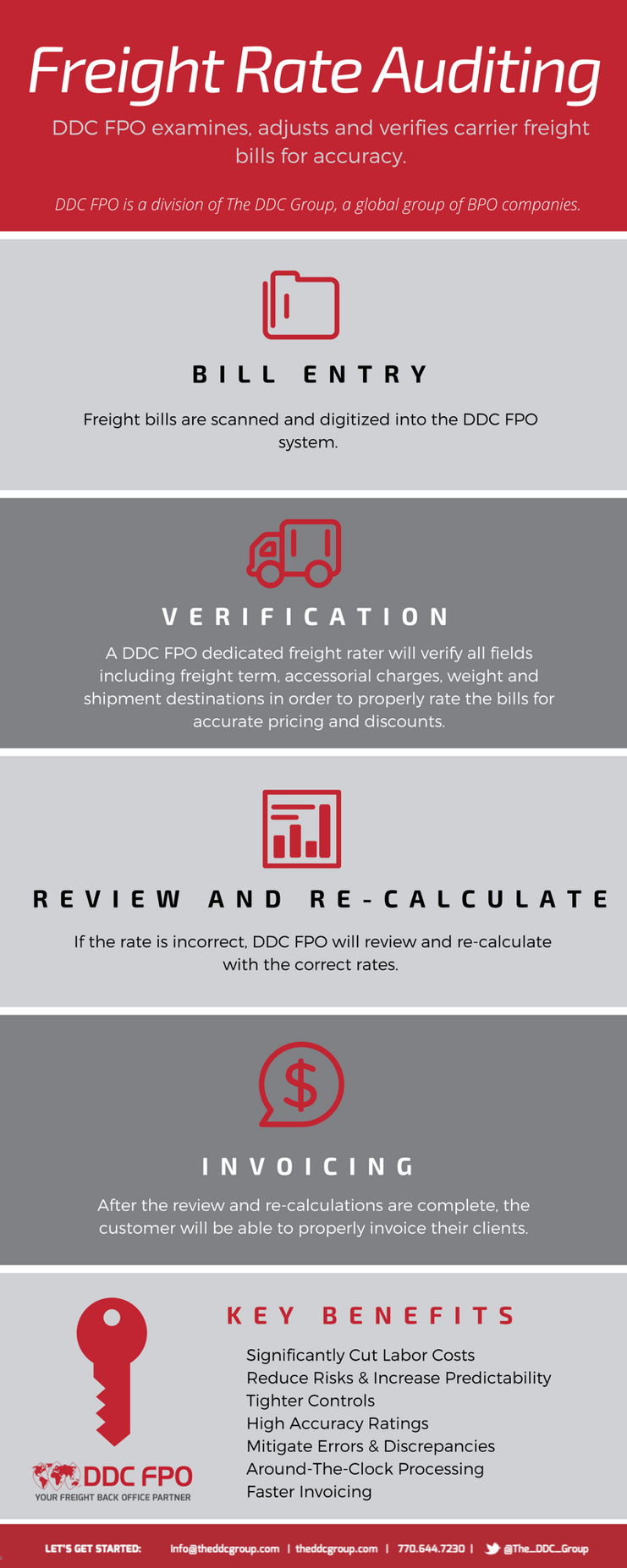Freight Rates Made Easily, Efficiently and Accurately

Figuring out your freight rates is not as easy as just punching a few numbers into a calculator though. From weight capacity to load minimums, there are various factors that determine freight rates that include:
Freight Class
Freight Class was designed by the National Motor Freight Traffic Association, to help create a commonality between freight pricing across various carriers, warehouses, and brokers. Currently, there are 18 different classes that a shipment can be categorized under and there are various factors that determine the classification. It takes into account stowability and liability.
Distance
Distance is taken into account. The further the distance the higher the freight rate.
Base Rates
The amount you charge per 100 pounds, or your CWT calculation, is based on freight classification.
Freight All Kinds (FAK)
Whether or not you allow multiple different classes to be shipped under the same freight class is dependant on an agreement between the client and carrier. It can ultimately be a price cut for your client.
Minimums and Negotiated Tariffs
The minimum charge is the rate that the LTL carrier will not go below. LTL freight rates are constantly changing depending on the weight of the shipment.
Negotiated Discounts
Negotiated Discounts come into play often when you have a client that you consistently deliver for. It can be determined based on your relationship with that client.
When you are a LTL carrier, it can be difficult to crunch all of those numbers. It is a lot of work to set up contracts, mass emails and/or phone calls -especially in recent years where you are dealing with high fluctuations in fuel prices and low visibility in future freight costs. If not done correctly, you could be missing out on 25-40% of your freight charge.
Many companies do not have the manpower to calculate freight rates, because many customers have hundreds of shipments each month. So, random samplings are performed to ensure that invoices are being billed correctly. Unfortunately, this method does not give you the entire picture. You could be missing out on some valuable billing data.
How do a freight carrier and customer accurately calculate everything that is needed to be efficient in billing and freight rates?
What is the Freight Rate Auditing Process?

By adopting a Transportation Management System (TMS).
TMS is software that creates a network for carriers, customers, and shippers. It can range from route planning to freight auditing. By adopting a TMS system, a carrier can:
- Reduce costs through efficiency
- Improve visibility and accountability throughout all parties
- Provide a more detailed look into the system and create greater flexibility in delivery planning
An example of a TMS system is DDC FPO’s freight rate auditing workflow. Through the integration of a TMS system and expert specialists such as ours, your freight bills are examined, adjusted, and verified for accuracy. Through technological intervention, DDC FPO can scan all of your bills and check for inaccuracies.
Together, a TMS system and an expert team of specialists will not only allow you to rate your clients more accurately, but will increase your profits and create a stronger internal system.
How Can We Help You?
Get in touch to learn how we can support your success.
Get Started
